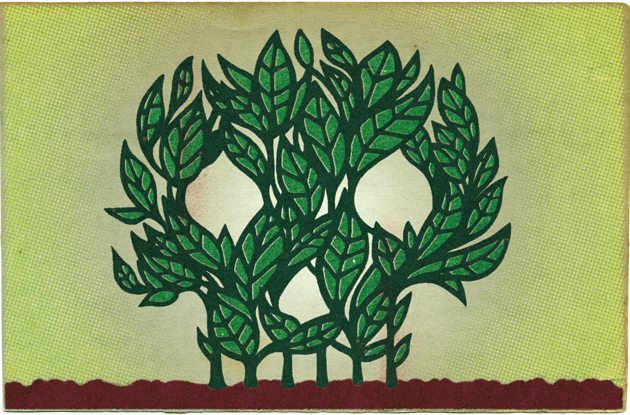
When farmer Darvin Bentlage surveyed his southwestern Missouri soybean fields in August, he knew something was amiss in one of them. “I’ve been looking at soybeans for about 60 years, and these didn’t look right,” he says. The plants’ leaves had shriveled upward, taking the shape of little cups: a telltale sign they’d been exposed to dicamba—a potent herbicide that Bentlage does not use. It had wafted onto his farm from his neighbors’ fields.
By mid-October, state departments of agriculture nationwide had received 2,708 complaints from soybean farmers who claimed their fields had been damaged by wayward dicamba.
Bentlage is hardly alone. By mid-October, state departments of agriculture nationwide had received 2,708 complaints from soybean farmers who claimed their fields had been damaged by wayward dicamba. Some 3.6 million acres had been affected, an unprecedented case of herbicides gone rogue. The Missouri, Arkansas, and Tennessee agriculture departments all temporarily restricted or banned dicamba (several more states will do so in 2018), and farmers launched at least four class-action suits demanding restitution from dicamba-makers. The company at the center of the firestorm was Monsanto—which in October struck back with its own lawsuit, seeking to halt an Arkansas regulation that limits dicamba use.

Leave a Reply